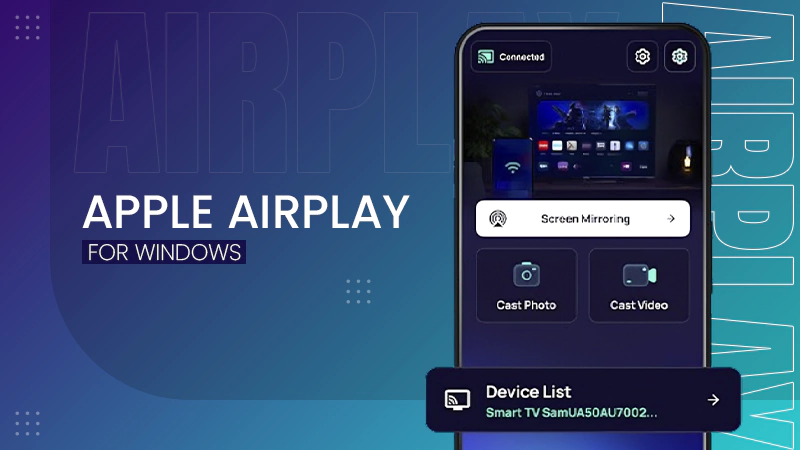Beyond the Zoom Classroom: What’s Next for EdTech?

The COVID-19 pandemic prompted education systems worldwide to transition to emergency remote learning almost overnight. Zoom, Google Meet, and Microsoft Teams became virtual classrooms, allowing students and teachers to adapt quickly to this new reality. But now, as schools return to in-person and hybrid models, educators and tech developers are asking a crucial question: what’s next?
The future of EdTech isn’t about replacing teachers with screens. It’s about enhancing the way students learn. Platforms and tools are evolving well beyond video calls, focusing on personalization, interactivity, and deeper engagement. And as the role of AI in education continues to grow, it is helping students achieve more by providing tailored learning experiences. For example, AI-driven platforms can now assist students with their education more efficiently, offering guidance at every step of the writing process. However, many of them utilize services like DoMyEssay, which combine advanced technology with academic expertise to help write your essay, thereby supporting learners in creating high-quality content, making education both more accessible and effective.
From Passive Streaming to Active Learning
Video conferencing was a lifeline during the pandemic, but its limitations quickly became clear. One-size-fits-all lectures, camera fatigue, and lack of interaction made learning feel impersonal and often disengaging. The next generation of EdTech is addressing this by focusing on active learning models that adapt to each student’s needs.
Adaptive Learning Platforms
Smart teaching apps like Squirrel AI and DreamBox adjust the difficulty of the work based on students’ performance. They make these changes right away while students are using them. These systems can pinpoint exactly what a student doesn’t understand and then suggest specialized practice tasks tailored to them. This helps students remember more and stay interested in learning.
Intelligent Tutoring Systems
AI tutors, like MATHia from Carnegie Learning, work like having your own teacher just for you. They show you how to solve problems step by step and tell you right away if you’re doing it right. Instead of just marking answers wrong, they help you understand why something is wrong or right.
These tools work best for subjects such as math, science, and learning new languages, where students require extensive personal practice and need to build skills incrementally.
The Rise of Immersive Learning
While AI adapts content to the learner, immersive technologies like Augmented Reality (AR) and Virtual Reality (VR) bring the content itself to life.
- VR science labs allow students to conduct experiments they couldn’t access in person.
- AR history apps can project 3D models of ancient ruins directly into a classroom.
- Language immersion tools use VR to simulate real-world conversations in another language.
Platforms like ClassVR, zSpace, and Nearpod are leading this shift, making learning more visual, interactive, and memorable. For kinesthetic learners and those in resource-limited schools, this technology provides experiences that would otherwise be impossible.
Hybrid Learning Models: The New Normal

Rather than fully remote or fully in-person, most schools are now embracing hybrid models. This approach combines the structure of classroom learning with the flexibility of online resources.
Synchronous + Asynchronous Tools
In a hybrid model, students can attend live classes and review recorded content later at their convenience. Platforms such as Moodle and Canvas provide instructors with monitoring interfaces to track student participation, while learners benefit from self-paced educational opportunities.
Real-Time Feedback & Assessment
Educational technology systems now utilize analytics to deliver instant feedback. Teachers can quickly identify which students need help, spot common mistakes, and determine where to provide extra support. By utilizing this information, teachers are changing how they teach and how well students learn.
EdTech for Equity and Accessibility
Another key focus in post-Zoom EdTech is inclusivity. Many new platforms are designed with accessibility in mind:
- Text-to-speech and closed captioning for students with hearing or visual impairments
- Mobile-first platforms for regions with limited internet access
- Multilingual content for diverse classrooms
By building these features into the foundation, EdTech can level the playing field for underserved communities, both in developed and developing nations.
Where Human Connection Still Matters
Even as technology becomes more advanced, educators and students alike are pushing for balance. There’s a growing recognition that tech should enhance—not replace—human interaction in learning.
This is especially true when it comes to writing and creativity-based tasks. While computer programs can help correct grammar or create outlines, many students prefer to work with a real person when they need to think deeply or generate new ideas for their writing. This is why more people are using a dissertation writing service that connects students with human tutors who can teach them skills and guide them, rather than relying solely on automated tools.
Looking Ahead: The EdTech Trends to Watch
Here are a few trends likely to shape EdTech in the next five years:
- Microlearning – Bite-sized lessons delivered through apps or notifications, perfect for on-the-go studying.
- Blockchain in education – For secure credentialing and digital diplomas.
- Game-based learning – Using gamification to boost engagement and retention.
- AI-generated analytics – Predictive tools that help educators design personalized learning journeys.
- Global classrooms – Platforms connecting students across countries for collaborative projects and cultural exchange.
Conclusion
As we move beyond the Zoom era, EdTech is no longer about simply bringing the classroom online. It’s about reimagining what learning can look like—more flexible, more engaging, and more inclusive.
Whether it’s an AI tutor guiding a student through calculus, a VR headset transporting them to the Roman Empire, or a teacher using data dashboards to spot who needs help, the goal is the same: empower students to learn in the ways that work best for them.
Because in the future of education, it’s not just about logging in. It’s about truly connecting.
How to recover unsaved Word documents? Someone recently asked me this on social media, and I found that a lot…
Real-time verification speed determines whether email validation operates seamlessly within user workflows or creates delays disrupting experience and conversion rates.…
Microsoft reported– Power BI is prevalent, with 97% of Fortune 500 firms adopting it in record numbers. The reality is…
There are significant differences between marketing today and what it was in the past. In those days, marketing firms focused…
A few weeks ago, a friend lost his photos and some important files from his iPhone 13. He immediately called…
As someone who has worked closely with data sets and analytics, I have seen how disorganized data can limit even…
If you have started learning about data, you must have come across the terms “discrete” and “continuous” data. But what…
How to connect a Windows PC to Apple devices, like iPhone or Apple TV? You may think of AirPlay, but…
Consumers are surrounded by more marketing messages than ever before. According to a recent report, there are over 27 million…






